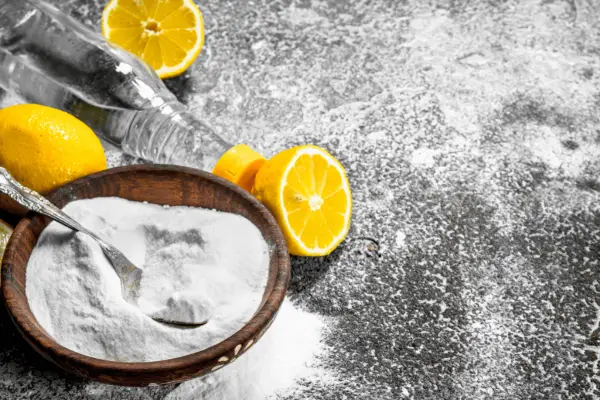8 Creative Uses for Unused Coffee Grounds You Probably Never Heard of Before
If you’re a coffee lover like me, then you probably have a lot of coffee grounds lying around right after brewing. However, instead of discarding them into the trashcan, you might be surprised to find …





